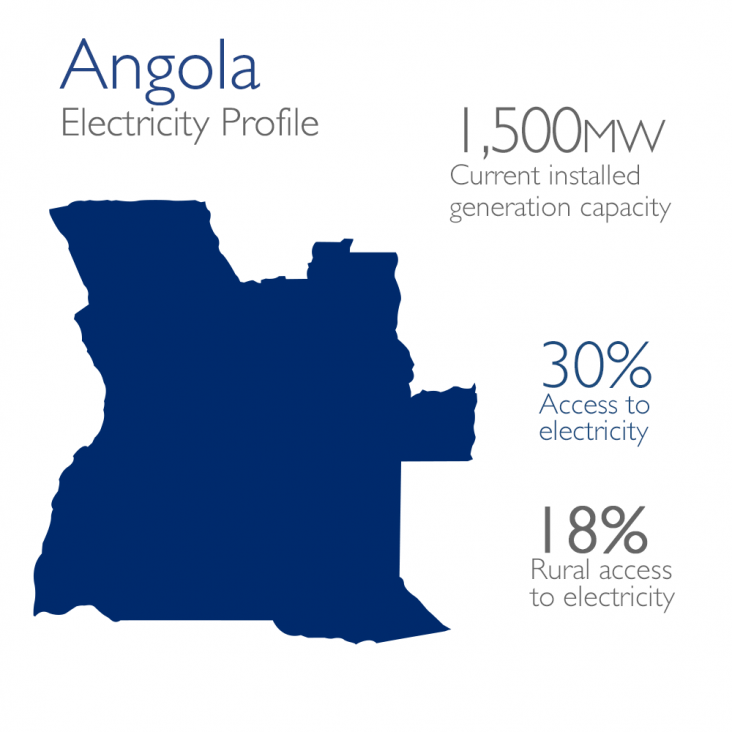- Where We Work
- Interactive Map
- Afghanistan and Pakistan
- Africa
- African Union
- Power Africa
- About Us
- How We Work
- Partners
- News & Information
- Power Africa Toolbox
- Where We Work
- Angola
- Benin
- Botswana
- Burkina Faso
- Burundi
- Cameroon
- Chad
- Côte d`Ivoire
- Democratic Republic of the Congo
- Djibouti
- Eritrea
- Ethiopia
- Gabon
- Gambia
- Ghana
- Guinea
- Guinea Bissau
- Kenya
- Lesotho
- Liberia
- Madagascar
- Malawi
- Mali
- Mauritania
- Mozambique
- Namibia
- Niger
- Nigeria
- Republic of Congo
- Rwanda
- Senegal
- Sierra Leone
- South Africa
- South Sudan
- Swaziland
- Tanzania
- Togo
- Uganda
- Zambia
- Trade and Investment Engagement
- Angola
- Benin
- Botswana
- Burkina Faso
- Burundi
- Cameroon
- Central Africa Regional
- Central African Republic
- Chad
- Côte d'Ivoire
- Democratic Republic of the Congo
- Djibouti
- East Africa Regional
- Ethiopia
- Ghana
- Guinea
- Kenya
- Lesotho
- Liberia
- Madagascar
- Malawi
- Mali
- Mauritania
- Mozambique
- Namibia
- Niger
- Nigeria
- Republic of the Congo
- Rwanda
- Sahel Regional
- Senegal
- Sierra Leone
- Somalia
- South Africa
- South Sudan
- Southern Africa Regional
- Sudan
- Swaziland
- Tanzania
- Uganda
- West Africa Regional
- Zambia
- Zimbabwe
- Asia
- Europe and Eurasia
- Latin America and the Caribbean
- Middle East
- Mission Directory
ANGOLA
POWER AFRICA FACT SHEET

Angola’s power sector is characterized by its two main natural resources, petroleum and hydropower. The country has three vertically integrated but overlapping utilities: Empresa Nacional de Electricidade (ENE), Empresa de Distribuição de Electricidade (EDEL) and Gabinete de Aproveitamento do Médio Kwanza (GAMEK). The latter, GAMEK, is concerned primarily with hydropower development and currently owns 520 MW of large hydro capacity. It has recently begun work on the 2,067 MW Laúca hydropower station. Despite high resource potential and opportunities for cross-border export, Angola’s power sector faces significant challenges, including a relatively low electrification rate. Based on 2013 data, Angola’s national electrification rate reached 30% (18% in rural areas, 46% in urban areas).
Sources:







Comment
Make a general inquiry or suggest an improvement.